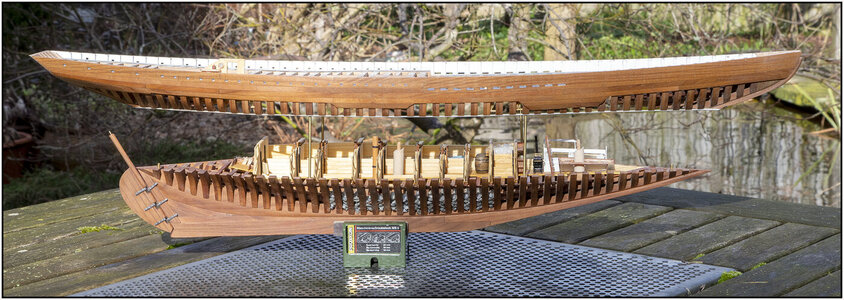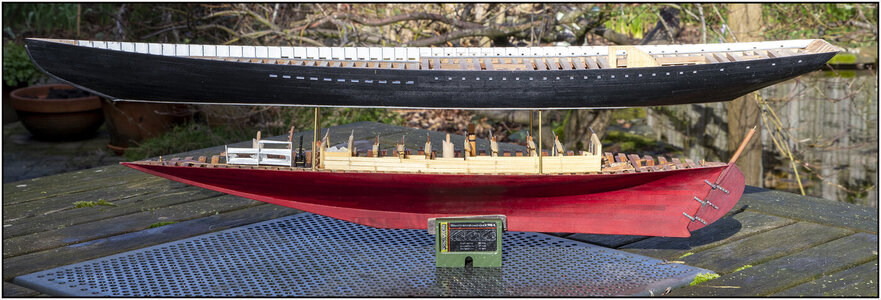I did too, however I may have missed the round rudder shaft? I would have to go back and check...lolThanks and correct, Dean. I made some changes to the top of the blade.
PS - The hull turned out really very nice! I know you have to be glad to be moving past that!
However I think you are a brave man to have used ink...lol, but you survived it! I'm wiping my brow for you on that one!
As you know, ink soaks into wood very fast and its hard to get a good even color due to that without really saturating the wood, and that can lead to blotches. Also putting a second coat too soon can lead to blotches where the ink puddles because the first layer is not fully dry. . I think you can thin it out some with alcohol to help it spread better. You can try on a sample piece. Anyway, I am just glad it worked out for you! I would have used wood dye!












